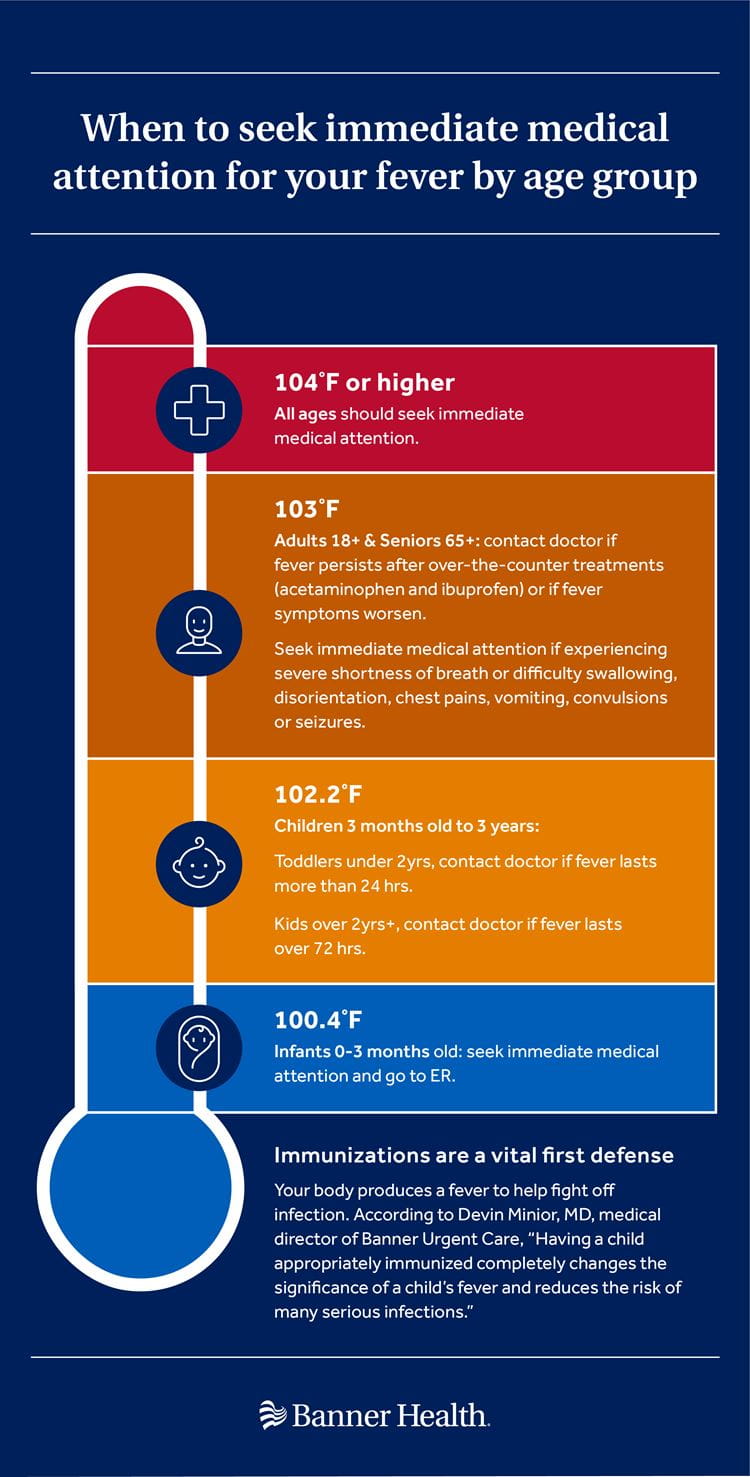Occasional Fever
Overview
Many people associate rheumatoid arthritis (RA) with joint pain, but low-grade fever is another common symptom. If you have RA and you’re experiencing a fever, it’s important to find out whether the fever indicates an underlying infection that could lead to complications.
Your body may use chills to boost its core temperature and kill off the flu virus you've. But occasionally people develop fevers without an apparent reason. When fevers persist, doctors refer to such a fever as fever of unknown origin. Abbreviated FUO, this unusual form of fever is.
A normally functioning immune system can tell the difference between “attackers,” such as germs or viruses, and healthy cells. When the body is attacked by illness, the immune system fights back. But when autoimmune dysfunction occurs, the immune system mistakes healthy cells for invaders, and attacks them instead. In someone with RA, this causes inflammation of the tissue around the joints. RA can also affect the eyes, lungs, skin, and heart.
- If you have any of the following symptoms, it is important that you take your temperature: Increased skin temperature Feeling warm Feeling tired Headache Feeling cold Shaking chills Body aches Skin rashes.
- Fever; Vomiting; Even without medicine, diarrhea usually goes away on its own within 48 hours. The most important things you can do in the meantime are: Stay hydrated while the diarrhea.
Inflammation is a normal part of the immune response. However, inflammation from RA is part of the problem. It causes considerable pain, damage to joints, and reduced mobility. The same substances that cause inflammation of the joints can also cause a fever. While inflammation of the joints can be severe enough to cause a fever, it is important to remember that an infection is a real possibility. RA also causes an increase in metabolic rate, which can also result in a fever.
Normal body temperature ranges from 97°F to 99°F. Fevers under 101°F are not considered serious in adults and are also not uncommon in RA patients.
Medicines that suppress the immune system, also called immunosuppressants, are often used to treat RA. This means that the immune system in an RA patient might not respond effectively to a virus or bacterial infection. Additional illnesses can cause serious complications for RA patients.


Rheumatic fever is a serious illness that occurs mostly in children who have recently experienced strep throat. It has similarities to the early symptoms of RA, but is not related to RA.
Rheumatic fever affects joints. But unlike RA, rheumatic fever only lasts a few weeks. It can affect any single joint, and often the same joint on the other side of the body.
So how can you tell if your fever is caused by RA? The first step is to determine if you’ve been diagnosed with RA. If so, a fever under 101°F may indicate fever caused by RA. However, your doctor also needs to determine that you have:
- no preceding virus, such as flu
- no bacterial infection
- no other diagnosis, such as cancer
Occasional Fever And Night Sweats
In case of RA fever, you should:
Occasional Hay Fever
- Drink plenty of fluids.
- Keep warm if you’re experiencing chills.
- Remove extra layers of clothing and try to keep cool if you’re hot and sweating.
Occasional Low Grade Fever
Nonsteroidal anti-inflammatory drugs (NSAIDs), such as ibuprofen or pain relievers containing acetaminophen, may reduce fever. Be sure to ask your doctor about safe dosage.
If your fever rises above 101°F, contact a doctor so that the underlying cause can be determined. If you have RA, make sure to tell your doctor. Be prepared to tell them what medicines you’re using for RA treatment.

Low-grade fever is an expected part of having RA. It’s usually caused by the inflammation of the joints, or by an improperly working immune system.
Toddler Who Has Occasional Fever

Occasional Fever For No Reason

Occasional Fever In Toddler
Contact a doctor in case of fever over 101°F. A fever could indicate an underlying viral or bacterial infection that the immune system has not responded to due to an immunosuppressant.